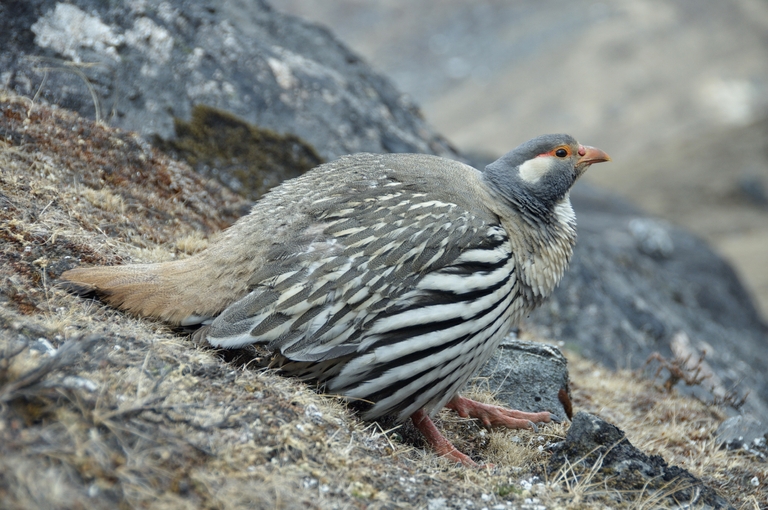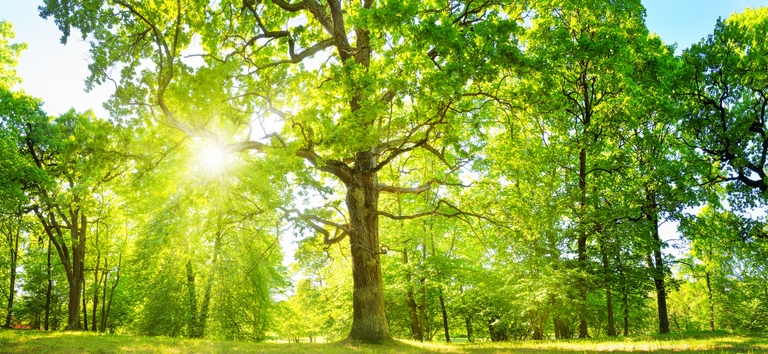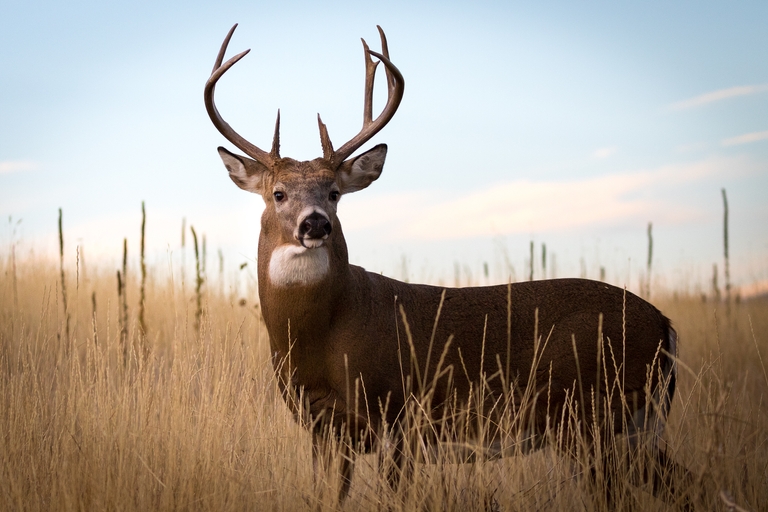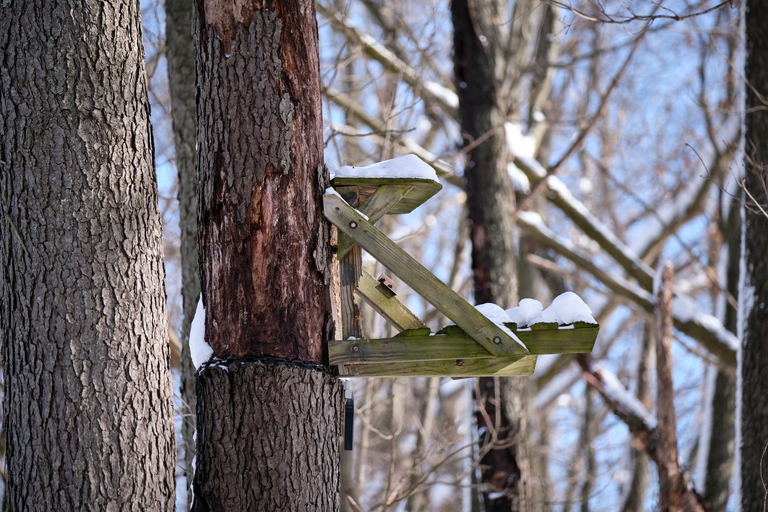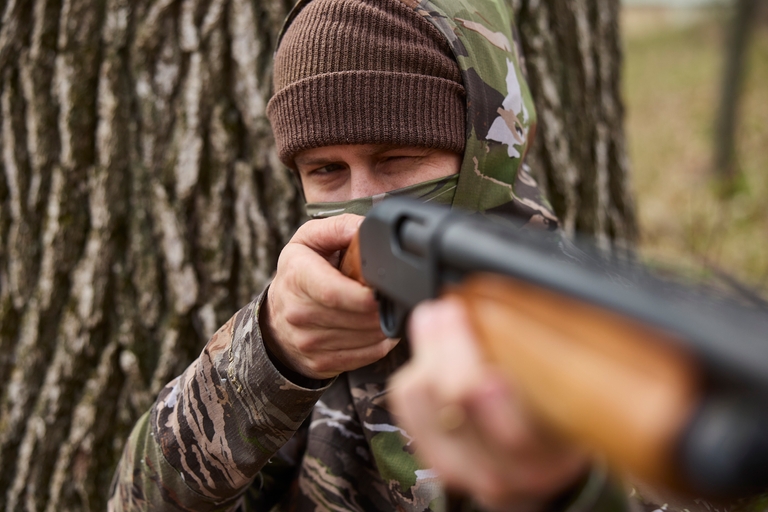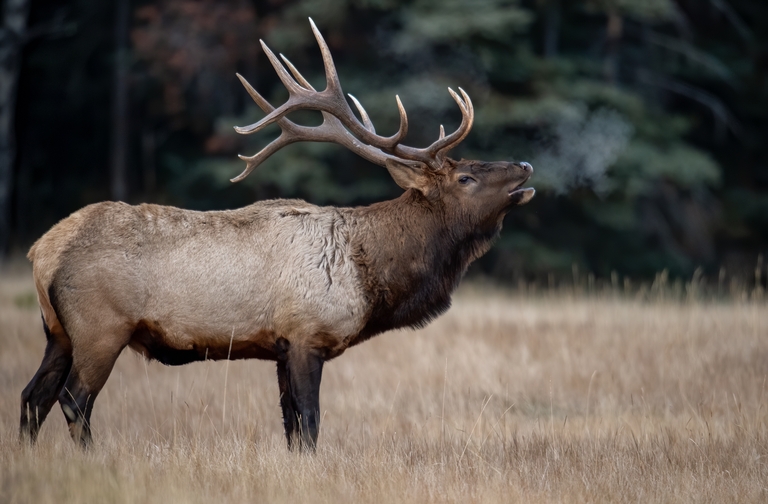How to Scout for Deer in the Summer Heat

While hunting season is a ways off, scouting for deer in the summer gives you a leg up on other hunters who don't put in summer patterning work.
Summer allows you to easily pattern bucks so you'll be able to adjust to their movements come fall. Plus, there's something special about spotting velvet bucks before their antlers harden up.
However, scouting in the heat has unique challenges. The deer behave differently, so you have to as well. We've gathered our best summer deer scouting tips to help you prepare for deer season without risking your health.
We'll cover:
- Why Summer Scouting Matters
- Focusing on Food and Water Sources
- Using Trail Cameras and Hunting Apps
- Staying Scent-Free While Scouting
- And more!
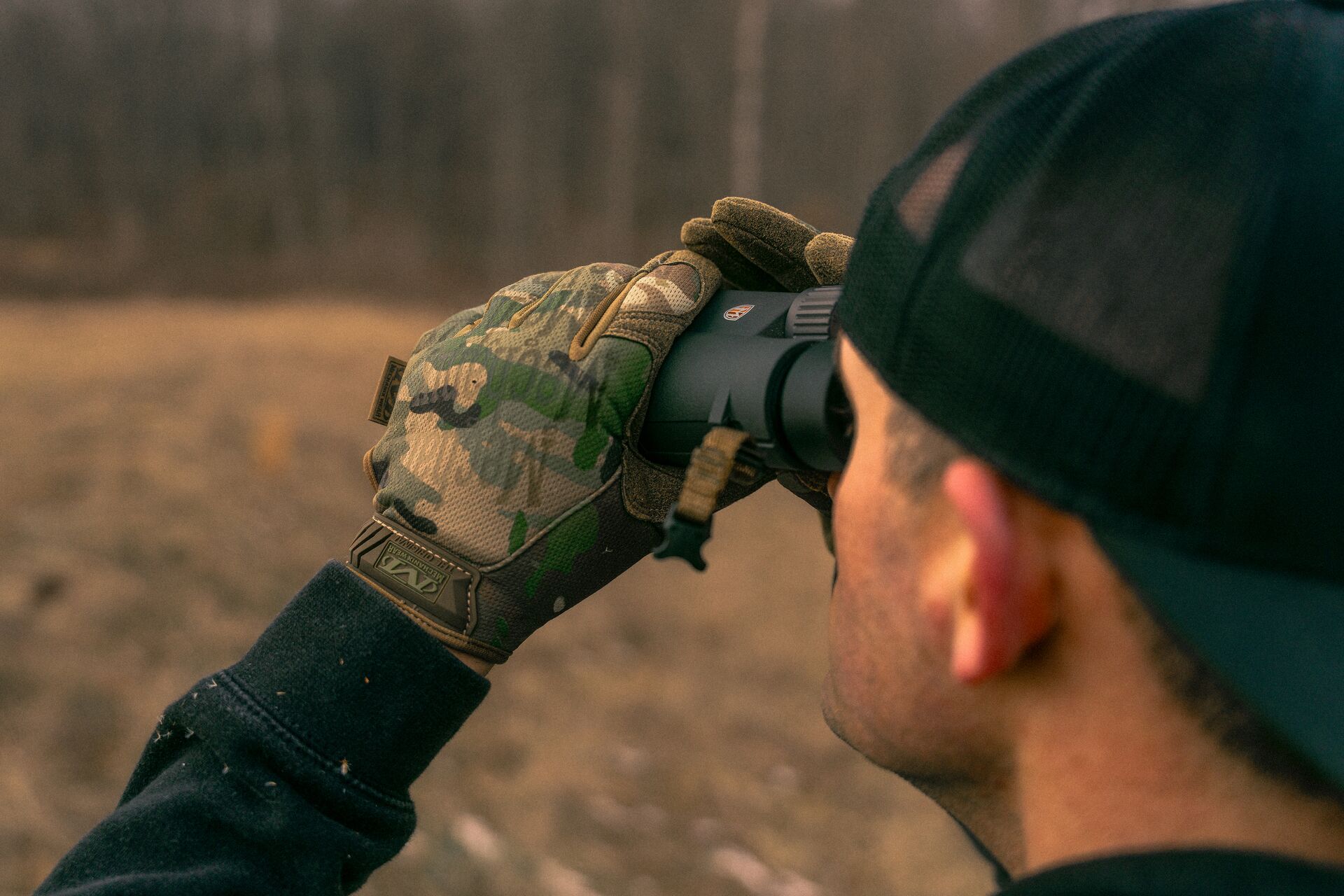
Why Summer Scouting Matters
If you're like me, deer season can't come fast enough. So, summer is a great chance to get out in the woods when bucks are more predictable.
The lack of acorns means it's easier to track their movements. Bucks that are still in velvet will stick closer to specific feeding and bedding areas, providing consistent patterning windows. You just have to find them.
Focus on High-Protein Food Sources
In the summer, deer prioritize high-protein food sources to support the rapid antler growth taking place. Find protein, and you'll find bucks.
Look for agricultural fields or plant a food plot. These spots attract both bucks and does on a regular basis. If your area has deer vetch nearby, they will hit it hard. Early mornings and late evenings are ideal for scouting these food-rich areas, as deer are active but less wary of predators.
Glassing fields from a safe distance with binoculars or a spotting scope allows you to watch deer without disturbing their patterns. You'll learn a lot about where they are coming and going by watching the movement around these areas.

Trail Cameras Are Game Changers
It's no secret that cameras are indispensable when scouting for deer, especially during the summer heat. Place trail cameras strategically on field edges, near mineral sites (where legal), or close to water sources.
Opt for cellular trail cameras with solar panels or extended battery life to minimize trips into the scouting area, keeping human scent to a minimum.
When positioning your cameras, aim them at shaded spots to prevent false triggers caused by moving vegetation or overheating issues.
Review images regularly, remotely if possible, to minimize pressure on the area.
Be Safe: Scout Early or Late
Avoid scouting in the midday sun. Deer aren't active at that time of day, and intense heat can quickly lead to dehydration or heat-related illnesses.
You might jump a deer, but it's early enough that if it's only once, it won't matter. Instead, scout early in the morning or late in the evening when deer are more active and temperatures are more manageable.
Wearing lightweight, breathable clothing helps, as does applying bug spray to keep insects at bay. I learned this lesson the hard way on one scouting trip in the July Florida heat, which left me so dehydrated that I had to call it quits for the day and rest indoors. Now I hydrate the night before during late summer scouting trips.
Always bring plenty of water and take breaks in shaded areas. Keeping hydrated and pacing yourself prevents heat exhaustion and ensures you're safe to continue scouting another day.
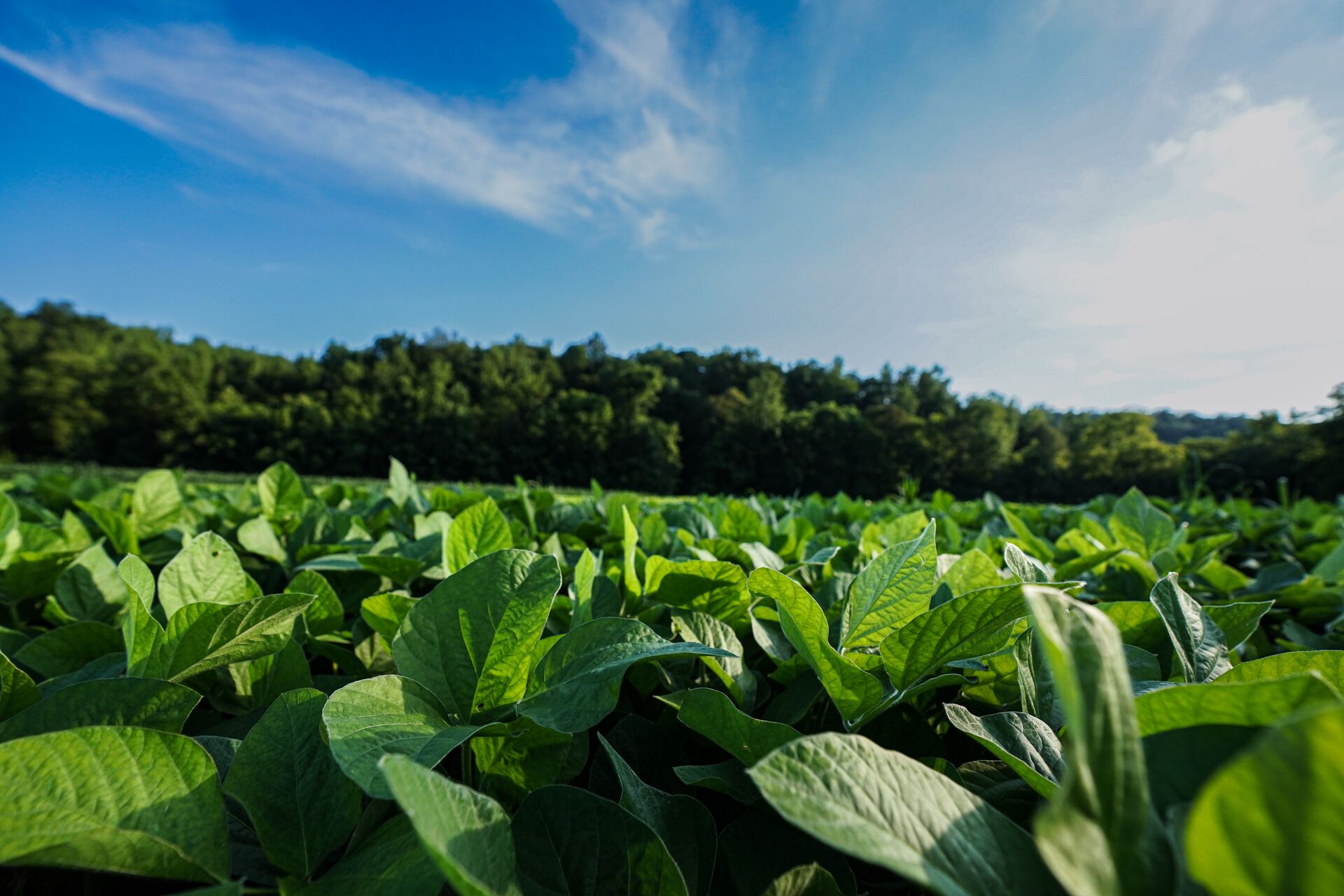
Locate Routes from Bedding to Feeding Zones
Understanding where bucks bed and feed during summer months significantly improves your hunting odds.
Deer in the summer usually bed in shaded, thick cover close to food and water sources. Carefully scout creek beds, ridgelines, and shaded areas for trails, rub lines, and droppings, as these indicate frequent travel routes.
Using aerial maps or hunting apps (like HuntWise) can help you pinpoint natural travel corridors without disturbing bedding areas. Aerial and topo maps let you scout smarter, preserving the natural deer patterns you're aiming to observe.
Prioritize Water Sources and Roads
Reliable water sources become critical for deer in the summer months. Scout areas around ponds, creeks, springs, and even muddy wallows where deer cool off and drink. They'll move onto wide roads afterward to shake the bugs.
Setting up trail cameras near the intersection of roads and trails, especially where they intersect with water, often turns up consistent deer movement patterns, particularly for bachelor groups of bucks.

Use Optics and Apps Before Boots
Minimizing foot traffic helps maintain natural deer behavior patterns. Whenever possible, glass from a distance using high-quality binoculars or a spotting scope from an elevated vantage point. This allows you to study herd structure and behavior without pressuring the deer.
Incorporate scouting apps, such as HuntWise, to plan your scouting from the couch before going out. You can map potential bedding sites, food sources, and travel corridors comfortably from your air-conditioned space.
After e-scouting with an app, you can narrow down the area to walk for boots-on-the-ground scouting.
Think Long-Term Strategy
One of my best summer deer scouting tips is this: Hot weather deer patterns don't always translate directly into fall patterns.
Deer shift their habits as temperatures cool and food sources change. However, summer scouting helps you anticipate these changes by identifying potential transitional areas, such as oak flats or thicker bedding cover that deer will prefer later in the season.
Use a notebook log or hunting app to record weather conditions, moon phases, and deer sightings. Weather and moon phases are a key part of patterning trophy bucks, especially.
Stay Scent‑Free While Scouting for Deer
It might be summer, but too much human scent can still alter deer movements.
Use a scent-free soap and rubber boots, remembering to approach scouting locations from downwind. If you can keep your scent to a minimum, it will decay quickly, and deer won't change behavior after catching wind of you.
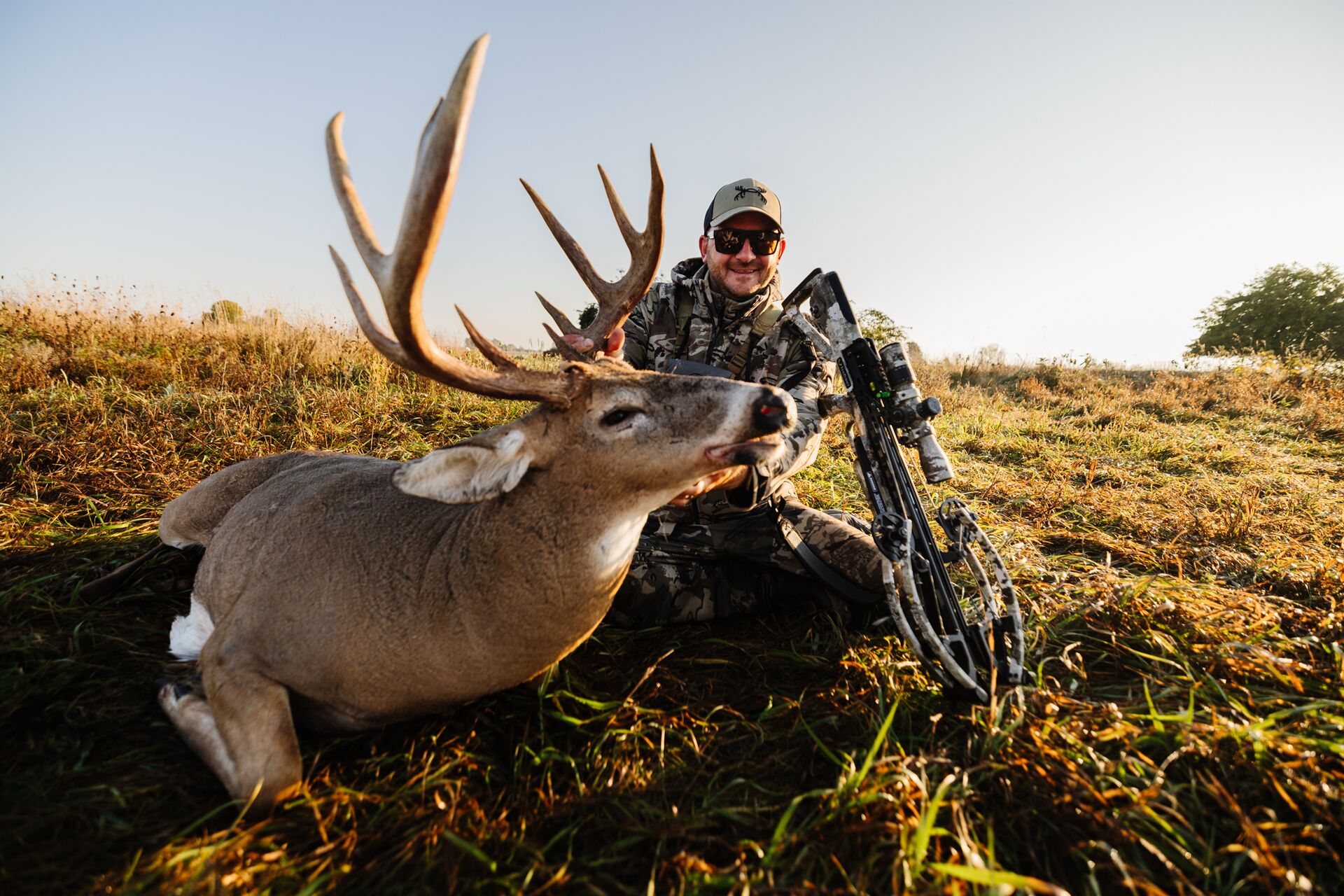
Be Safe When Scouting Deer in the Summer (and Hunting in the Fall)
Successful summer scouting involves a concentrated effort to stay cool, hydrated, and mindful of deer behavior. When scouting for deer, every trip should be undertaken with the goal of building your opening day blueprint.
As you prep for your fall hunts, make sure you've also taken the hunter education course for your state! Hunter-Ed makes it easy to learn hunter safety essentials and basic hunting tips through our online courses. Our courses also help you meet the hunter education requirements for your state.
Be safe when scouting and hunting!
Take the Hunter-Ed course for your state this summer, then have a safe and successful fall hunt.

After completing your Hunter-Ed course, you unlock access to the HuntWise hunting app. Explore various map layers to scout terrain, identify potential bedding and feeding areas, and mark spots of interest in the app.
HuntWise also analyzes animal behavior, wind, and weather to help you pinpoint the best days and times to hunt.
To access your free trial, visit your student dashboard!

